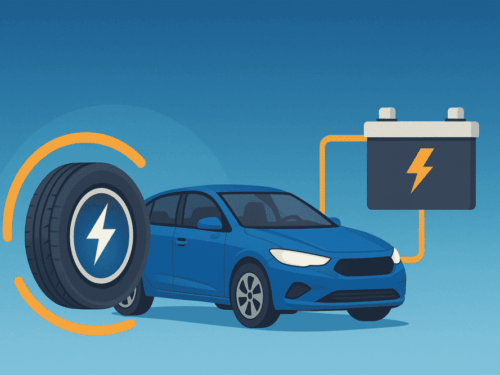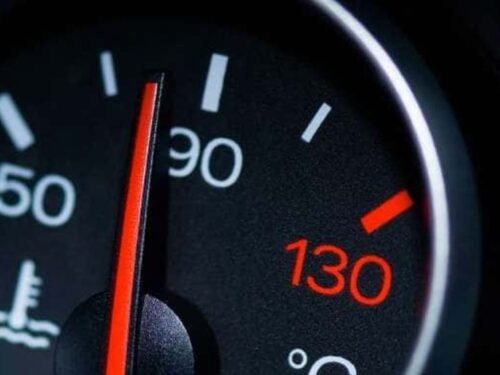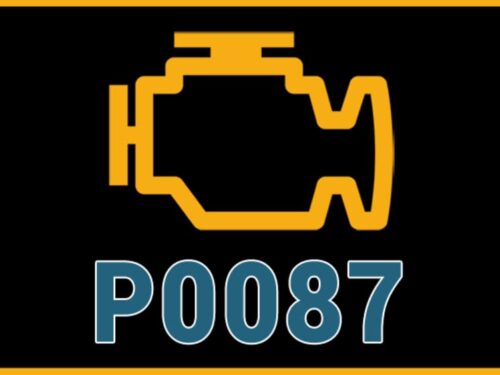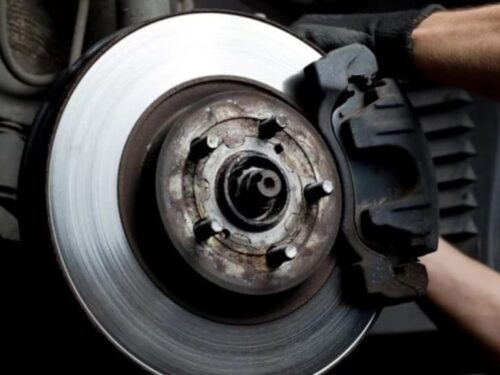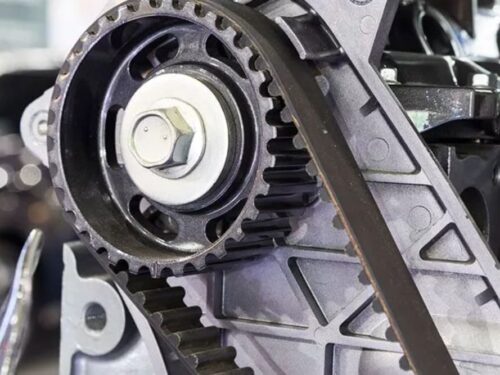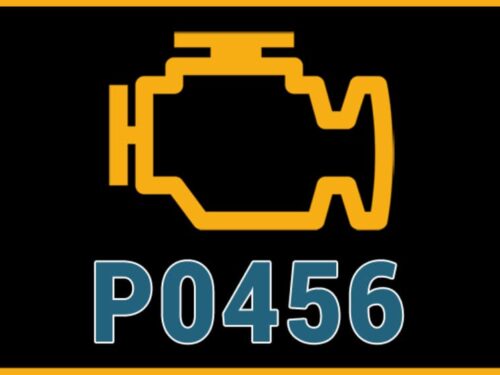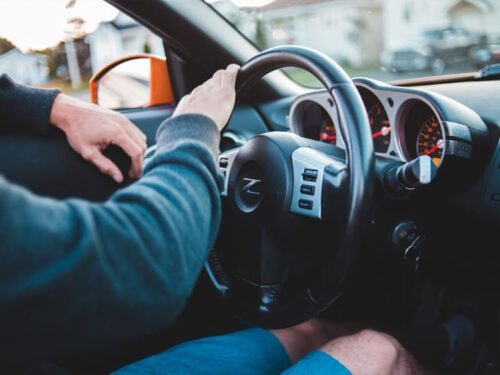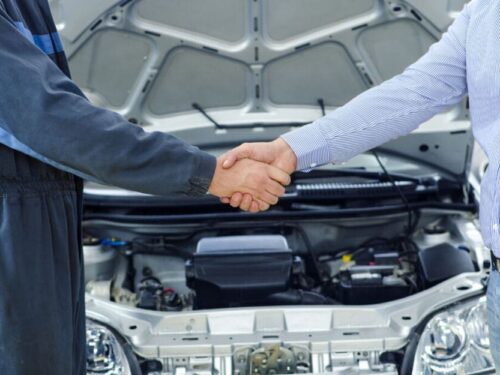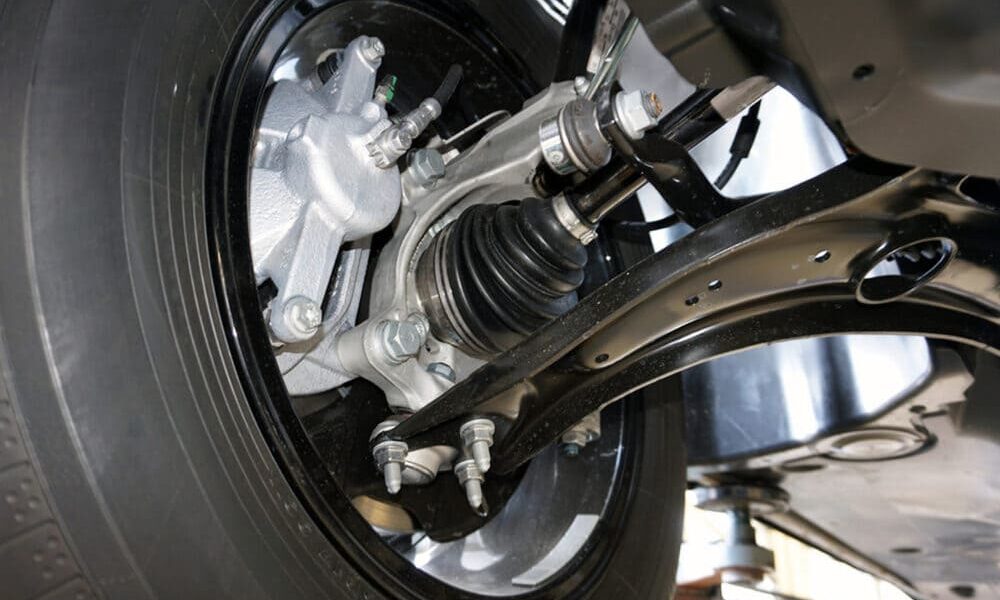
Tie rods play a crucial role in your vehicle’s steering system, impacting both safety and ride comfort. Understanding the what, why, and when of the replacement is essential for maintaining optimal performance on the road.
What are Tie Rods?
These rods play a vital role in a vehicle’s steering. They link the steering knuckles to the gearbox, facilitating the transfer of force to turn the wheels. This connection is crucial for maintaining precise and controlled steering. These rods typically adjust, allowing for the lengthening or shortening to properly align a vehicle’s wheels, are also sometimes called Steering Rods.
They have two parts: the inner tie rod connects to the steering rack, while the outer tie rod links to the front wheel’s steering knuckle.
Why Tie Rods Matter?
- Steering Precision: These rods ensure accurate and responsive steering, allowing you to navigate precisely and confidently.
- Tire Wear and Alignment: Well-functioning of these rods contribute to even tire wear and proper wheel alignment. This not only extends the life of your tires but also enhances fuel efficiency.
- Safety on the Road: These rods are a critical component of the vehicle’s safety system. A failure in the steering linkage can lead to loss of control, posing a significant safety risk.
Signs It’s Time for Replacement:
- Excessive Looseness in Steering: If you notice looseness in the steering wheel, it could be a sign of worn-out tie rods.
- Uneven Tire Wear: Irregular tire wear, particularly on inner or outer edges, suggests misalignment.
- Knocking or Clunking Sounds: Unusual noises while turning or driving over bumps can indicate worn or damaged tie rod ends.
- Visible Damage: Inspect your steering rods for physical damage or signs of wear. Any visible issues should prompt a closer examination.
When to Replace Tie Rods:
- Regular Inspections: Include tie rod inspections as part of your routine vehicle maintenance. Check for signs of wear and tear during regular servicing.
- High Mileage: As your vehicle accumulates miles, the wear on tie rods increases. Consider replacement as a preventive measure, especially on vehicles with high mileage.
- After an Accident: Check tie rods after a collision or impact, as they may be damaged.
You should not drive with a worn-out or loose tie rod! Making tie rod replacement a priority is a proactive step toward ensuring a safer and smoother ride.
Courtesy of revolutionmotors

